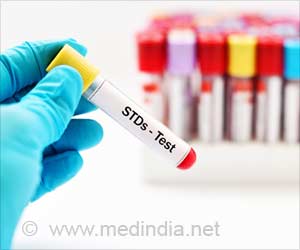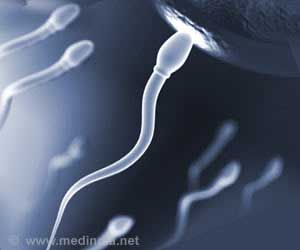Teens in middle school who indulge in sexting were more likely to be sexually active compared to those who do not sext.

While just 20 percent of the students admitted to receiving a sexually explicit text or photo and five percent admitted to sending one, the researchers found that those who received sexts were six times more likely to have had sex while those who sent such messages were four times likely to have reported sexual activity.
“The surprise is that for younger kids -- 11- to 13-year-olds -- sexting is not an alternative to real-life sexual activity. It's actually a part of it. Sexting isn't harmful unto itself, but it can have harmful implications. It can ruin reputations and cause legal problems and may encourage kids to be more sexually active”, lead researcher Eric Rice said.
Source-Medindia










